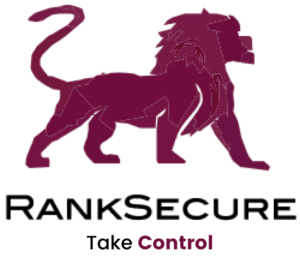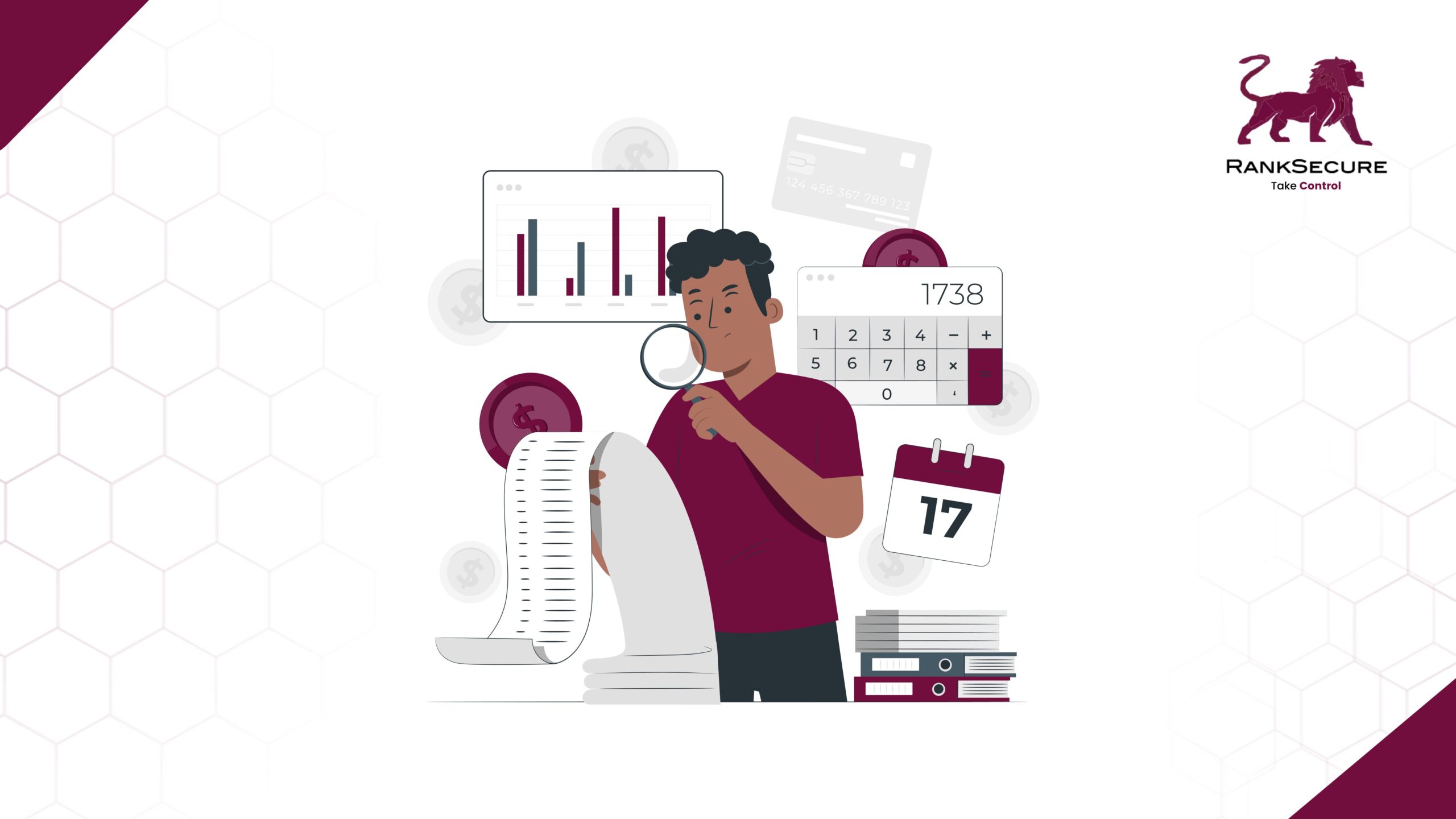Too many organisations still approach IT asset management like they did a decade ago — tracking what they own rather than what they’re exposed to.
Today, “assets” aren’t just endpoints and servers. They’re temporary cloud workloads, containers spun up for hours, shadow SaaS subscriptions, and user-owned devices accessing sensitive environments. If it connects, computes, or consumes a license, it’s an asset, and it can introduce risk or value.
The real challenge? Most systems weren’t designed to track this kind of sprawl.
If you can’t see it, you can’t control it. And if you can’t control it, you can’t optimise, secure, or align it with strategy.
This Isn’t an IT Problem. It’s a Business Risk Multiplier
When asset visibility lags behind asset velocity, the impact is immediate.
- Security gaps emerge in the blind spots of untracked systems
- Finance bleeds money into shelfware and duplicate tools
- Operations make decisions based on stale or incomplete data
The underlying issue isn’t just a lack of inventory. It’s a lack of contextualised intelligence. It’s one thing to know an asset exists. It’s another to understand whether it’s being used, who’s using it, whether it’s patched, and what it costs or saves you.
What Strategic ITAM Looks Like in 2025
The organisations getting this right aren’t investing in “better tracking.” They’re reframing what ITAM actually is.
The question is no longer, what do we have?
It’s what’s driving business value, and what’s draining it?
Leading programs now include:
- Real-time intelligence, not point-in-time snapshots
- Cloud-native visibility, including virtual, contained, and short-lived assets
- Integrated compliance and risk scoring, not manual audits
- Policy-driven automation that takes action, not just sends alerts
The goal isn’t visibility for its own sake. It’s actionable insight that directly influences spend, risk posture, and operational agility.
From Reactive Tracking to Strategic Enablement
The mandate has shifted. ITAM is no longer a passive record-keeping function. It’s a business enabler.
If it’s done well, it helps:
- Reduce costs by cutting unused licences and extending asset life
- Improve security by closing gaps in patching and support
- Enhance planning with lifecycle and performance insights
- Ensure compliance with traceability across hybrid environments
Modern ITAM doesn’t just answer “what do we have?”
It informs decisions like “where can we cut spend safely?” and “which systems are delaying transformation?”
The Metrics That Matter in the Boardroom
Data without relevance is noise. Strategic ITAM focuses on outcomes.
- Cost avoidance – Tools and assets eliminated before they become liabilities
- Utilisation rates – Tying spend to actual usage and business outcomes
- Compliance exposure – Understanding where risk lives and how fast you can respond
- Time to action – From detection to resolution, without silos slowing you down.
Read more about leveraging ITAM to increase your ROI.
These are more than just technical metrics, they are business performance indicators.
IPM+ Turns Asset Visibility Into Business Value
IPM+ doesn’t treat IT asset management as a toolset. It’s designed as a strategic capability that drives faster decisions, tighter governance, and measurable outcomes across finance, security, and operations.
The IPM+ Asset Management tool is built for hybrid, fast-moving, cloud-connected environments.
With real-time asset intelligence, compliance automation, and actionable insights, we help enterprises take control of their assets and turn that control into measurable business impact.
Whether you’re rethinking an existing program or building one to scale, IPM+ gives you the foundation to move from inventory to intelligence.
Schedule a demo to see how IPM+ can help you turn visibility into value.






